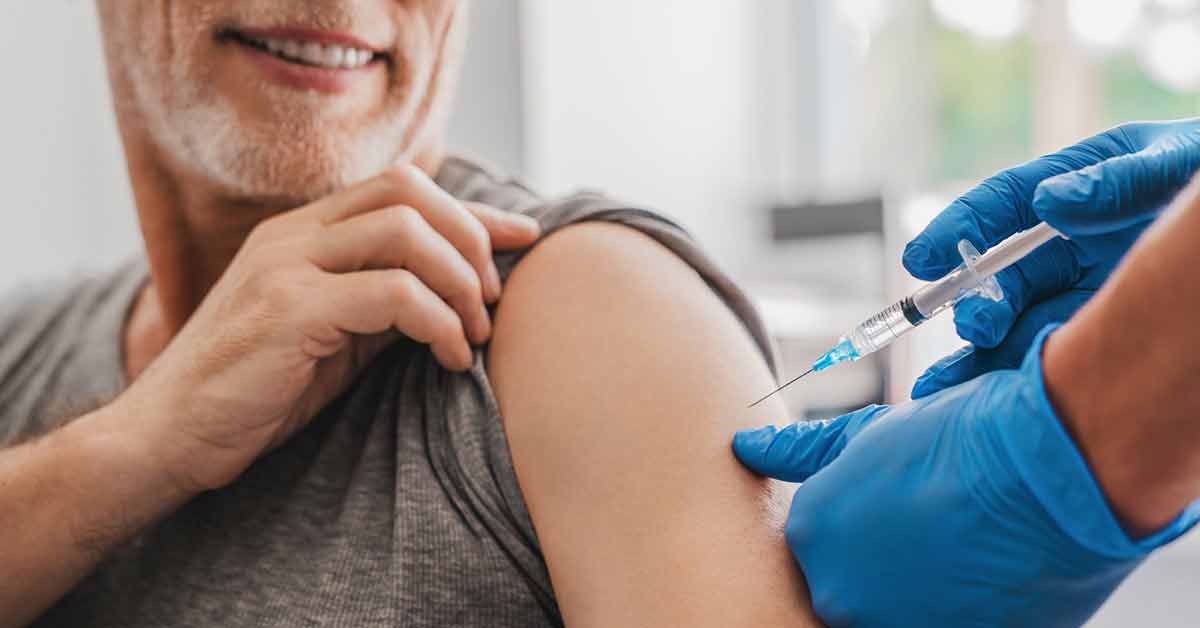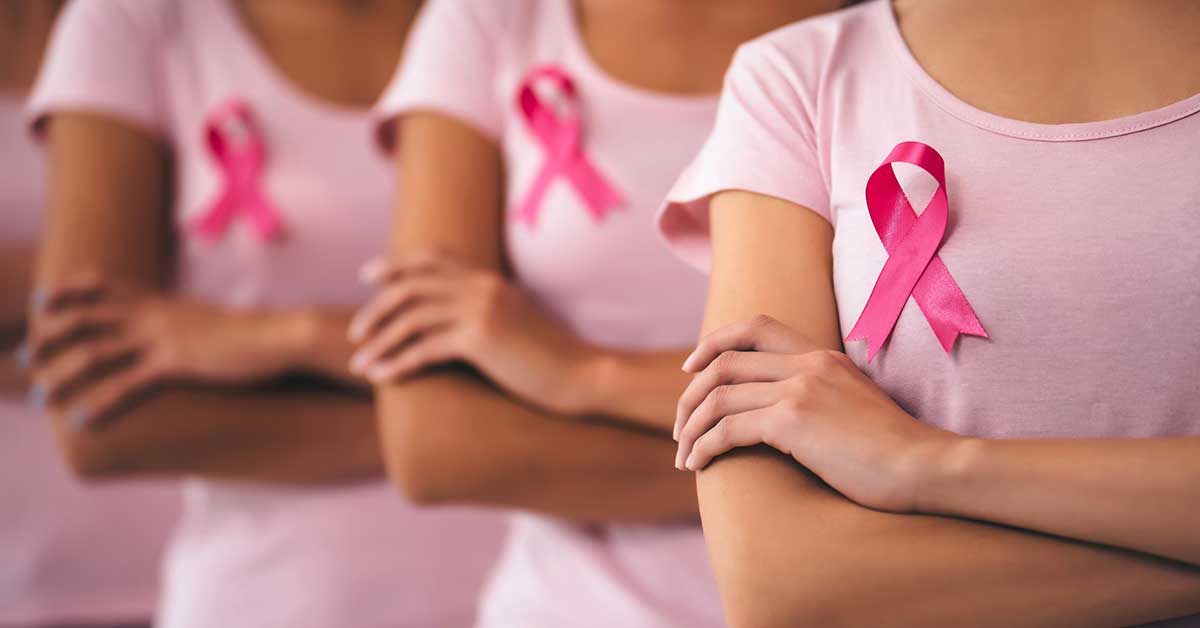Breast Cancer Diagnosis Announced by Peloton® Instructor
Breast Cancer Diagnosis Announced by Peloton® Instructor
Popular Peloton® cycling instructor Leanne Hainsby revealed last weekend in an Instagram post that she is undergoing treatment for breast cancer. The 35-year-old was diagnosed six months ago, after discovering a small lump on her breast. “After multiple scans and appointments with both consultants and cancer nurses, and being completely terrified for a few weeks, in August 2022, I was diagnosed with breast cancer,” Hainsby shared. Hainsby found herself among the more than 2.3 million women and men worldwide diagnosed with the disease last year.
Breast cancer is the world’s most prevalent cancer according to the World Health Organization. “One in eight women will develop breast cancer in their lifetime,” said Gail Lynn Shaw Wright, MD, FACP, FCCP, medical oncologist with Florida Cancer Specialists & Research Institute (FCS), a leader in community-based oncology care and clinical trials research with nearly 100 clinic locations in Florida.

And while the former professional dancer turned fitness enthusiast called her cancer journey “unimaginably tough,” she counts herself as “one of the lucky ones.” “Lucky to be diagnosed early, lucky to be moving fast through treatment, lucky to know I WILL BE OK.” Hainsby’s sentiments touch upon the many segments of good news that increasingly surrounds breast cancer. Hainsby’s early detection was critical.
“The earlier a cancer is found, the more likely it is earlier stage, which always is associated with a more favorable prognosis,” said Dr. Wright. Thanks to better screening and early detection, increased awareness and continuous advancements in treatment options, breast cancer death rates have decreased steadily in the past 20 years. According to the American Cancer Society, there are more than 3.8 million breast cancer survivors in the U.S. today.
”For women with localized breast cancer with no spread to lymph nodes, the five-year survival is 99%,” said Dr. Wright, citing data from the Centers for Disease Control that is based on the largest number of breast cancer patients. “The five-year survival rate for women with regional breast cancer, meaning that it has spread to lymph nodes, drops to about 86%,” she notes. “Women diagnosed with distant spread of their breast cancer have about a 29% likelihood of surviving for five years.”
There are many subtypes of breast cancer, and each must be treated differently. So far, Hainsby has undergone surgery and completed 12 weeks of chemotherapy. She will soon undergo two weeks of radiation therapy.
Scientific advances continue to transform the way breast cancer is treated. For example:
- Genetic testing can detect specific mutations unique to each patient. This enables doctors to personalize treatment that is most appropriate for that particular cancer.
- Immunotherapies boost or change the body’s own immune system to work harder and smarter to find, target and attack cancer cells.
- New drugs, including some that block certain types of proteins, are showing great promise
New advancements in cancer research
Dr. Wright is an active participant in the clinical trials research that is conducted at 37 sites in the FCS statewide network. She points to sacituzumab govitecan as one of the most exciting new breast cancer treatments available. “Given intravenously, sacituzumab govitecan is made up of an antibody attached to an anticancer drug,” she explains.
An antibody is a protein normally made by the immune system (the system in the body that fights off diseases.) “It works by binding the antibody portion of the drug to the tumor(s) while the anticancer drug portion works to prevent tumor cells from growing and/or spreading.” Dr. Wright added that the drug is now being studied in combination with pembrolizumab, an immunotherapy monoclonal antibody, to see if the combination yields better results than sacituzumab govitecan alone.
By sharing her story, Hainsby hopes to encourage others to stay aware of their bodies and to “trust your gut,” as she did. “Check, and check again,” she wrote. “That saved my life.” Hainsby has continued her active lifestyle, motivating the Peloton® cyclists who join her for the LIVE classes she teaches from her London studio “to step up and step outside of their comfort zone … and make it to the finish line with a smile on their face.” She credits her class members worldwide for helping to give her focus and adding “some sparkle” during these past six months. “Thank You to the members who had no idea the amount of joy they were bringing to me every day,” she wrote on Instagram.
Dr. Wright says it is not uncommon for cancer patients to keep working, especially if they are receiving oral (by mouth) cancer treatments. “ Some intravenous chemotherapy is very tolerable and some patients are even able to work during more aggressive regimens, depending on their age, health and support systems.”
Well wishes have poured in since Hainsby’s emotional post, many of them echoing the sentiments shared by her fiance’, Ben Alldis, on his own Instagram page. “You’ve been an absolute inspiration to all of us…,” he wrote. “Your shining light on this world is shining brighter than ever.”
Breast Cancer Defined
Breast cancer starts when normal, healthy cells in the tissues of the breast become changed or altered and begin to grow out of control. A build-up of these cells often forms a mass of tissue called a lump, growth or tumor. These cancer cells have the potential to get into the blood or lymphatic system and spread (referred to as metastasize) to other areas of the body. Breast cancer can occur in one or both breasts and can start from different areas of the breast. While researchers don’t know exactly what causes breast cancer, being female and getting older are the greatest risks. The American Cancer Society estimates that 12% of American women will develop breast cancer by age 85. The risk nearly doubles if a woman has a first-degree relative (mother, sister, daughter) who has been diagnosed with breast cancer.
Diagnosing Breast Cancer
Early detection can be a life-saver Many women with breast cancer have no symptoms, which is why regular screening is so important. Simple screening tests can detect breast cancer early, even before symptoms appear. In its earliest stages, where the cancer is localized and has not spread outside of the breast, the five-year relative survival rate is 99%, according to the American Cancer Society. Sixty-one percent of cases are diagnosed at this stage. Mammograms, low-dose x-rays of the breast, are the best test physicians have to detect changes in the breast and find breast cancer early. An abnormal mammogram does not always mean that cancer exists, but follow-up tests may be necessary to get more details.
The American Cancer Society recommends these general guidelines for women with no family history of cancer:
- Yearly for women ages 45 to 54 (or at age 40 if they wish)
- Every two years for women ages 55 and older*





Comments